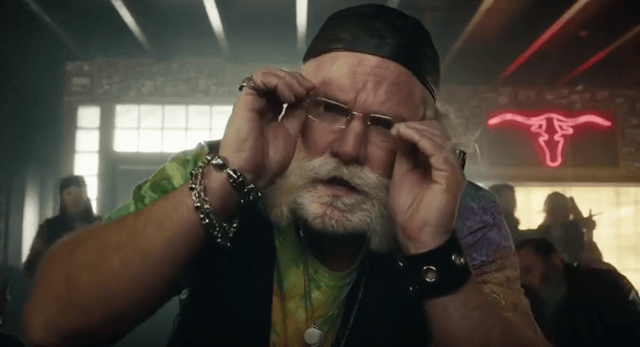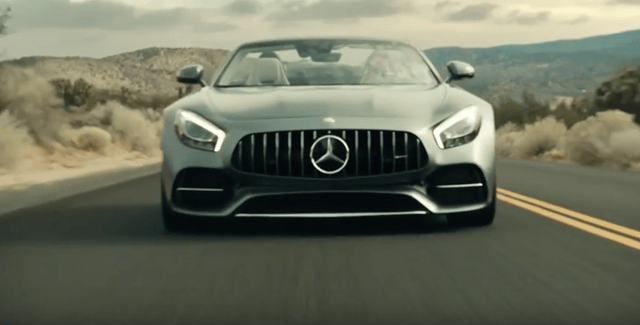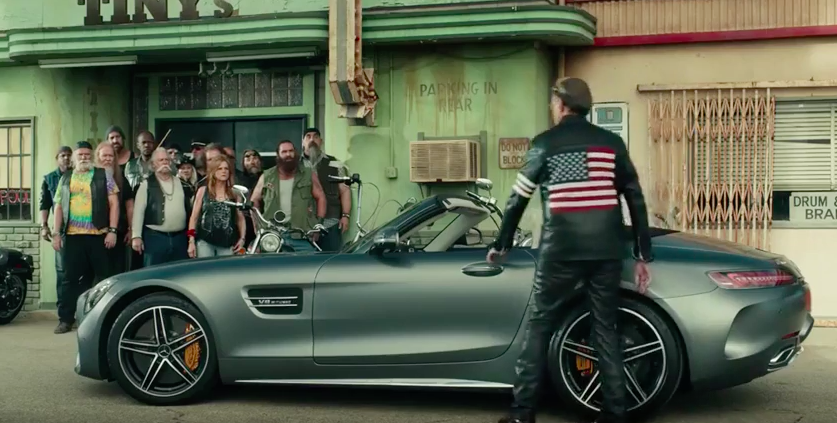Imagine one night you are flipping through the channels and a movie brings back a memory from your childhood. Without thinking, you are suddenly on YouTube watching videos that make you relive when you were 8 years old.
Nostalgia is one of the most effective emotions you can evoke in video marketing. It brings back fond memories of an earlier time when life was more comfortable. A recent study published in the Journal of Consumer Research suggests that not only is nostalgia comforting, but people are more likely to spend money when they are feeling nostalgic. As advertisers, it is important to convey positive brand messaging and reach your audience on an emotional level, which is exactly what successful nostalgia marketing does.
We decided to examine the effects of nostalgia marketing first hand by putting a nostalgic-based commercial to the test using or video-testing platform-Dumbstruck. The platform's facial recognition technology and machine learning capabilities allow you to see how viewers react to videos moment by moment, and help you use the data to make the videos more effective.
We chose a recent Mercedes-Benz Superbowl commercial for the test and compared the emotional reactions of different viewer’ demographics. The results were fascinating, as they showed how powerful nostalgia can be- but in ways that we didn't expect. Specifically, we found that some aging baby boomers resented their 1960’s counterculture being used to sell luxury cars.

The Commercial: Peter Fonda and Easy Rider
For Super Bowl LI, Mercedes paid homage to Peter Fonda, Easy Rider, and the adventurous spirit of the 1960's. Fonda, himself, appeared in this 60-second commercial directed by Joel and Ethan Coen. The ad depicts a bar full of bikers with a collection of nods to the 1969 film: Fonda’s character tattooed on a biker’s arm, an Easy Rider poster in the corner, and Steppenwolf’s "Born to Be Wild" playing on the jukebox. It all culminates with Fonda reprising his Captain America role, but cruising in a new Mercedes in place of his signature motorcycle.
The Research
We assumed that Mercedes (and the Coen brothers) targeted an older audience with this ad - the people who remember the cultural significance of Easy Rider - and not income-challenged millennials who (for the most part) can't afford to buy high-end cars.
With this assumption, we wanted to see how older viewers would respond to the commercial versus how younger people would respond. We expected the younger viewers to have little recognition or emotional connection to the symbolism and imagery in the ad, and older viewers to feel emotionally connected with the depiction of Fonda driving down scenic Route 66 in a “built to be wild” Mercedes-AGM GT Roadster.
For our ad analysis, we decided to test the video with two separate groups: the under-30 crowd, and the over-50 crowd. For each age group, 35 individuals watched the video as our technology analyzed their facial expressions. Following the video, participants had to answer two simple follow-up questions: “In your own words, what was this video about?” and “How would you describe how this video made you feel?”
How Viewers Under Age 30 Reacted
Viewers under 30 showed a stable positive mood and stable visual attention. This is a pretty typical response for an effective ad, suggesting they liked it but did not react particularly strongly. These younger viewers said they thought the video was funny and made them feel happy.
More interestingly though, as predicted, millennials didn’t really know who Peter Fonda was. The cultural references went unnoticed. Nobody in this group mentioned Easy Rider, Fonda, or Steppenwolf in our open-ended questions. They just focused on Mercedes. Since the ad was evoking the 60's counterculture, there was no nostalgic connection for the millennials.

How Viewers Over Age 50 Reacted
Overall, the baby boomers had a stronger nostalgic reaction to the ad than the millennials. One viewer said the ad, "brought back good memories of the past," and another viewer said it made him "nostalgic" for his "motorcylce days."
There was, however, a dip in mood when Fonda first appeared onscreen in his American flag-adorned leather jacket. Specifically, this group showed some anger and sadness in their faces. Visual attention was also pretty low for this group at the beginning of the video, but they became more interested after the introduction of Fonda.
Did this negative emotional reaction translate to conscious opinions? Sort of, but not consistently. This older group gave a range of responses about how the video made them feel, from “happy” to “young again” to “disappointed” to “nostalgic.”
Overall, the majority of the older viewers enjoyed the commercial, and most seemed to like the cultural nods, however a few older viewers felt overtly negative about the "sellout" feel to the ad. One viewer went as far as to describe this video as "Mercedes being the vehicle for sell-out hasbeens."
Given the wide range of strong emotional responses for older viewers, the ad clearly packed more meaning for this group than millennials. Despite how it translated to postive or negative feelings, it did lead to high interest and engagement, indicating how powerful nostalgic marketing can be. However, as with the case with this commercial, it's easy to see how this approach could backfire, as a subculture could resent their values and identity being thrown on display to sell a product. This is why testing your videos before running a campaign is the best way to ensure that you envoke the emotions you want from your audience.
Takeaway on Nostalgia Marketing
Using nostalgia in your marketing videos and campaigns can be one of the most effective advertising strategies if it’s done correctly. The 2017 Mercedes Superbowl ad targeted older viewers who would most likely have more of an emotional connection to the 1969 film Easy Rider. Indeed, the ad was engaging and nostalgic for those over 50 years old who showed a strong connection to the Peter Fonda character and the Route 66 imagery.
However, some older viewers felt the car company was exploiting their emotional connection to Easy Rider for monetary gain, thus decreasing the overall effectiveness of the ad. With some quick testing prior to running the campaign, Mercedes could have foreseen this and made some changes to the execution of the ad - quite possibly increasing its effectiveness and driving more ROI.
To learn more about the importance of correctly using emotions in advertising, check out the video test results for Pepsi's 2017 Kendall Jenner Commercial.








